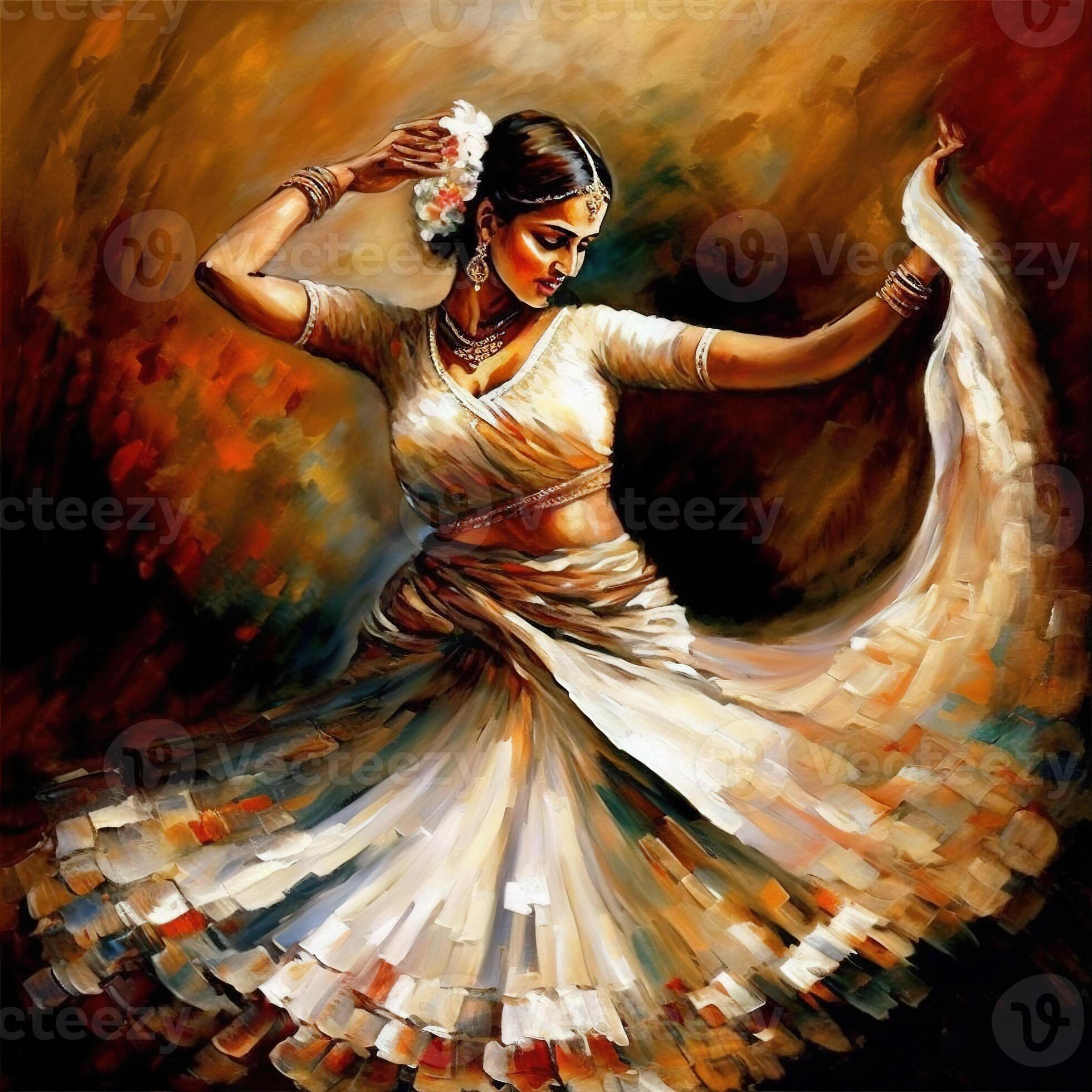Artists are constantly seeking new ways to express themselves, and two of the most popular choices in the art world are oil pastels and wax crayons. While both mediums appear and function similarly, they have distinct differences that make them more suitable for different artistic purposes.
The key difference between oil pastels and wax crayons is in their makeup.
Oil pastels are made up of a combination of oil and pigment.
The oil acts as a binding agent, allowing the pigment to adhere to the surface of the art piece. This medium is known for its vibrant colors and smooth, even application. Wax crayons have a composition of wax and artwork competition pigment.
The wax gives the crayon its characteristic hardness and durability.

Oil pastels blend together easily, ideal for artists who want soft colors.
Wax crayons, by contrast, are more difficult to blend and are often used for bold, graphic lines.
Wax crayons can be layered and textured for unique effects.
The handling of oil pastels and wax crayons is different.
Oil pastels are known for their smooth, gliding motion, making them easy to apply to surfaces with varying degrees of texture.
Wax crayons are more brittle, making them prone to breakage.
Wax crayons last longer and are less prone to smudging and fading.
This makes them a popular choice for artists who want to create pieces that are meant to last.
Oil pastels, by contrast, are often used for temporary, ephemeral art installations.
In conclusion, while both oil pastels and wax crayons offer a range of creative possibilities, they have distinct differences that set them apart from one another.
Oil pastels and wax crayons are best used for different art styles.
Knowing the differences between oil pastels and wax crayons is crucial for artists.
